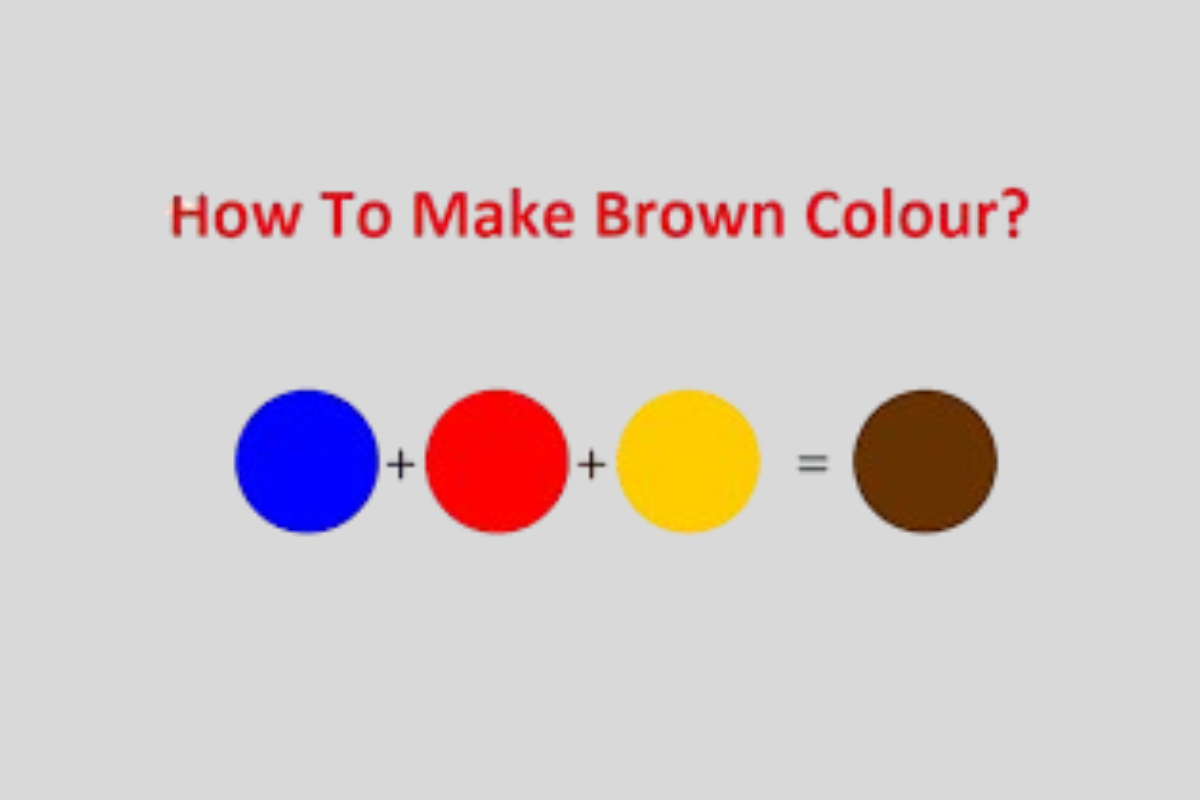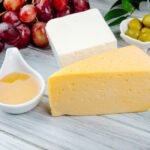Learn how to make brown using basic color mixing techniques. Whether you’re painting, designing, or just curious, this guide breaks it down clearly and simply. By understanding how colors work together, you’ll be able to create a wide variety of brown tones—from soft tan to deep chocolate—without any confusion. This guide is designed for artists, hobbyists, and beginners who want results without complexity.
Understanding the Basics of Color Mixing
Before learning how to make brown, it helps to understand a few basic ideas about color. Color mixing is not random—it’s built on a system. The most important concept is the color wheel, which helps you see how different colors relate to each other.
There are three primary colors: red, blue, and yellow. These colors cannot be made by mixing other colors.
When you mix two primary colors, you get secondary colors:
- Red + Yellow = Orange
- Blue + Yellow = Green
- Red + Blue = Purple
Mixing a primary color with a secondary color creates a tertiary color, like red-orange or blue-green. All of these colors play a role in making brown, depending on the shade you want to create.
How to Make Brown with Primary Colors?
One of the most common ways to create brown is by using all three primary colors: red, yellow, and blue. This method works because when you mix these together, they neutralize each other and form a brown tone.
To get a clean brown, try starting with equal parts of red, yellow, and blue. If the result leans too much toward green, you’ve probably added too much blue. If it looks too orange or muddy, try adjusting the red or yellow.
A good starting point is to mix red and yellow first to make orange. Then slowly add a bit of blue. The brown will appear gradually, and you can control how dark or light it gets depending on how much of each color you use.
Using Complementary Colors to Create Brown
Another easy way to learn how to make brown is by using complementary colors. These are colors that sit opposite each other on the color wheel. When mixed together, they cancel each other out and create neutral tones—like brown.
The most popular complementary pairs for creating brown include:
- Red and Green
- Blue and Orange
- Yellow and Purple
Start with one color and slowly mix in its complement until you see a brown shade appear. This method often gives you a deeper and richer brown than using all three primary colors at once.
For example, if you mix blue and orange (which is made from red and yellow), you already have all three primary colors combined—just in a different form.
Adjusting the Shade: Light, Dark, Warm, or Cool Browns
Now that you know how to make brown, the next step is adjusting it. Brown is a versatile color that can be warm or cool, light or dark. These changes depend on how you balance the other colors.
How to Make Light Brown?
To create a lighter brown, add a small amount of white or yellow to your mix. You can also start with a light orange and add a touch of blue. Be careful with white—it can mute the color quickly. Yellow is usually a better choice if you want the brown to stay warm and soft.
How to Make Dark Brown?
For a darker shade, add a small amount of black or dark blue to your brown mix. You can also deepen it by increasing the red or blue slightly. But don’t overdo it, or the color might turn muddy or grayish.
Warming Up or Cooling Down the Tone
To warm up your brown, add more red or yellow. This is great for creating tones like rust or bronze.
To cool it down, add a bit of blue or green. Cooler browns are useful for shadows or wood tones that have a grayish or earthy base.
Understanding this balance helps you control the mood of your artwork or design without guessing.
Common Mistakes When Trying to Make Brown
Learning how to make brown isn’t difficult, but there are a few mistakes that many beginners make.
If your brown looks dull or gray, it usually means one of two things: either the color proportions were off, or the original colors you used were not pure. For example, using a red with blue undertones instead of a bright red might shift the final color toward purple or gray.
Another reason might be over mixing. When you mix too many colors or stir the paint too much, you risk dulling the tone. Try to keep your combinations simple, and always test your mix on a small area first.
Real-Life Uses for Brown in Art and Design
Brown might seem like a simple color, but it plays a big role in art and design. It is often used to represent nature—like soil, wood, skin, hair, or animals. It also creates balance and warmth in a painting or room.
Designers use brown for backgrounds because it’s neutral but strong. In branding, it can suggest trust, strength, or comfort. In fashion and interior design, brown is used for its timeless and earthy look.
By learning how to make brown, you open up a wider range of possibilities for both creative and practical projects.
Conclusion
Making brown is all about understanding how colors interact. Once you know the basics of color mixing and learn how to balance different tones, it becomes easy to create the perfect brown for any purpose. Whether you’re painting a landscape, designing a logo, or just experimenting with colors, this knowledge helps you work with confidence and creativity.
FAQs
1. What two colors make brown the easiest way?
Red and green are the simplest pair. They are complementary colors and mixing them gives a clean, rich brown.
2. Can I make brown without using red?
Yes, you can mix blue and orange (which includes red and yellow) or yellow and purple. These combinations still involve red indirectly, though.
3. Why does my brown look gray instead?
This often happens when you overmix or use too much blue or black. Make sure you’re using pure colors and balancing them carefully.
4. How do I make brown look more natural for painting skin tones?
Start with a warm brown base and adjust with small amounts of red, yellow, or white. Avoid black, as it can flatten the tone. Try to keep the mix soft and layered.
My name is Mustafa, and I have been blogging for over 5 years. I am passionate about sharing complete, accurate, and helpful information with my readers. Along with managing content on The Matcha Read, I also contribute blog posts to premium websites. My goal is to provide valuable insights in a clear and easy-to-understand way, so every reader walks away with useful knowledge.










